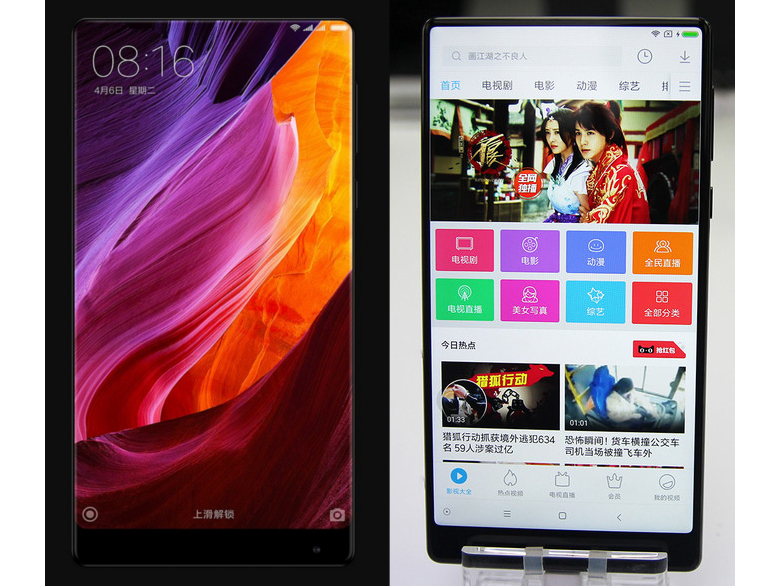Apple usually takes its time adding breakthrough features to the iPhone, even if that means lagging behind competitors. The company only increased the screen size on the iPhone when it thought it could do it “right,” and the same can be said about increasing the number of megapixels in its iPhone cameras.
The iPhone 8 might introduce a new design that is expected to incorporate some smartphone features that are already available on other devices. But Apple might do it “right” and create a smartphone that has no match.
Multiple reports have been saying the same thing for months: Apple will release an all-screen, “glass sandwich” iPhone 8 that features a large OLED screen, curved edges, and a virtual home button that incorporates the fingerprint sensor.
Some of these rumored features are already available on existing smartphones. The Galaxy S6 edge first introduced a dual edge design that people loved, and Samsung is the champion of OLED screens. LG, on the other hand, has been increasing the screen-to-body ratio like nobody else — well Xiaomi Mi Mix actually came out earlier this year with an even better screen-to-bezel ratio.
But then there are features unavailable on any widely available smartphones, like the rumored placement of the fingerprint sensor under the display.
Apple patents have already offered clues as to where the iPhone maker is heading, and the iPhone 8 might be a phone that has no match even if some of its features and design elements are found on the Galaxy S8 and other 2017 Android flagships.
To come up with a device whose front side is made entirely of a functional display, Apple would have to place everything found on the front side of the phone underneath the screen. The fingerprint sensor might be the easiest thing to do (and Apple has a patent for that). And speaking of doing things right, the side volume and mute buttons might also be placed under the screen (according to this patent). But the home button is hardly the only element there. There’s also a front-facing camera, sensors, and a speaker that need to be placed on the front of a mobile device.
Other companies might leave some of these must-have components as they are while trying to reduce the bezels. Here’s how Xiaomi did it – the camera is placed on the bottom bezel:

And here’s a rumored Galaxy S8 prototype:

Side bezels might be minimal in these pictures, but these phones clearly feature top and bottom bezels that still take up plenty of space.
A new patent discovery further explains what doing it “right” might mean for Apple. The company is looking to place the selfie camera and all the sensors under the screen. That way, the front side would be just a massive display that would still retain all the features that are typically found to the front side of a phone.
Found by Apple Insider, USPTO Patent No. 9,543,364 describes Electronic devices having displays with openings.

The patent explores technology that would let Apple place a variety of components under the screen that you wouldn’t expect. The screen would have perforations so small that the human eye could not perceive them. Yet they would be able to accommodate a speaker or a front-facing light sensor. Even cameras, antennas, and other components could be placed under the screen. They would continue to receive input through the display without hindering any functionality.

The openings would be formed between pixels, and that’s why an OLED screen would be preferred — it requires no backlight. The image above, from the patent, suggests the device would still have top and bottom bezels, complete with an opening on top of the display.
Interestingly, the patent also mentions one other feature that’s not available on any smartphone — and this one will probably not make it to the iPhone 8. A future iPhone could incorporate a head-up display system where transparent regions in the front and back of the device would let the user see both real-world objects and virtual images on top of them. This would be a novel way to integrate AR into an iPhone.

At the end of the day, this is still only a patent that describes technology that might not be immediately available on the iPhone 8. But this patent also seems to bring over the missing piece of the wraparound iPhone puzzle, the kind of innovation that would allow Apple to make an iPhone that’s all screen.








